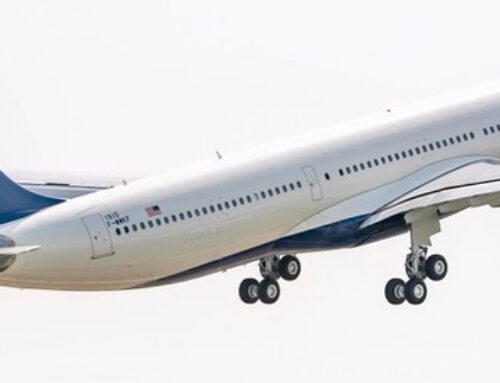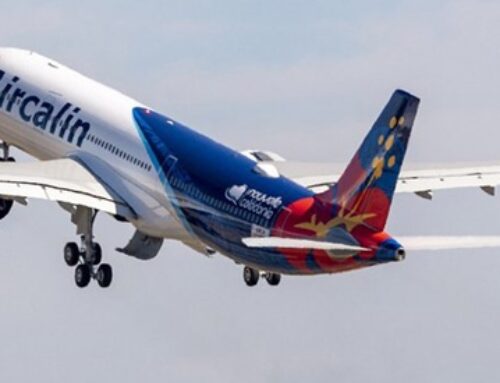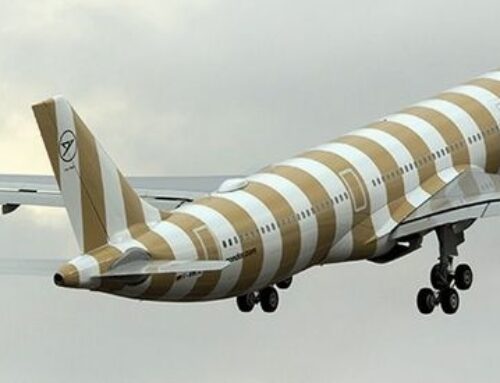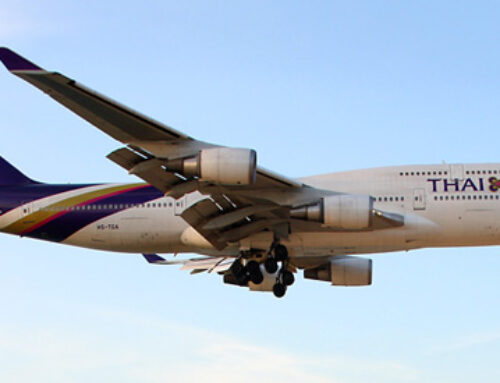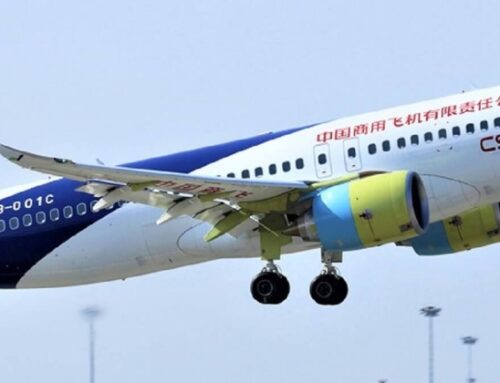
American Airlines unveiled its plans on November 30 to equip nearly 500 regional jets with multi-orbit Wi-Fi connectivity, provided by Intelsat, with deployment set to begin in early 2024.
Intelsat’s offering includes terminals capable of connecting to their geostationary satellite fleet and low Earth orbit (LEO) satellites from Eutelsat OneWeb. Eutelsat OneWeb and Intelsat entered into a partnership in the aviation market last year.
The terminal technology is built upon antenna designs from Ball Aerospace and utilizes hardware from Stellar Blu Solutions. It is currently undergoing testing in preparation for deployment.
Intelsat had previously announced agreements to provide multi-orbit, electronically steered array antennas to airlines such as Alaska Airlines, Air Canada, and Aerolineas Argentina earlier this year.
LEO satellites are positioned closer to Earth than geostationary orbit (GEO) satellites, offering lower latency and high-speed broadband services. Eutelsat OneWeb’s LEO network comprises over 600 satellites, some of which travel in polar orbits, providing global coverage beyond what GEO satellites positioned along the equator can offer.
However, GEO satellites, being larger and more powerful, can provide greater capacity to airports and other high-traffic areas.
American Airlines noted that it had already introduced high-speed connectivity to 900 aircraft within its mainline fleet earlier in 2023, primarily utilizing geostationary satellites from Intelsat and other providers.
The airline’s regional fleet consists of a combination of Bombardier CRJs and Embraer E-Jets.
In its press release, American Airlines emphasized that Intelsat’s multi-orbit antennas would enable their regional aircraft to match the fast Wi-Fi speeds currently available on the airline’s mainline aircraft.
While specific speed details were not provided, the service aims to enable passengers to stream content, browse the internet, check emails, and access virtual private networks (VPNs) during their flights.
SpaceX’s Starlink LEO network also competes in the high-speed aviation connectivity market, securing contracts with several smaller airlines to expand its presence.
Intelsat faces multi-orbit competition from companies like Hughes Network Systems, which recently secured a contract with Delta Air Lines to provide connectivity for 400 Boeing 717 and smaller regional jets, currently using Intelsat’s air-to-ground service. Hughes will supply antennas capable of connecting to its geostationary fleet as well as future non-geostationary satellites operating in the Ka-band, including Telesat Lightspeed and SES O3b mPower.
Sources: AirGuide Business airguide.info, bing.com, spacenews.com

